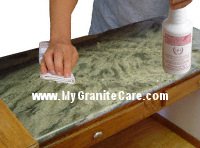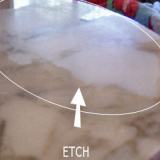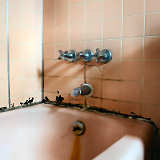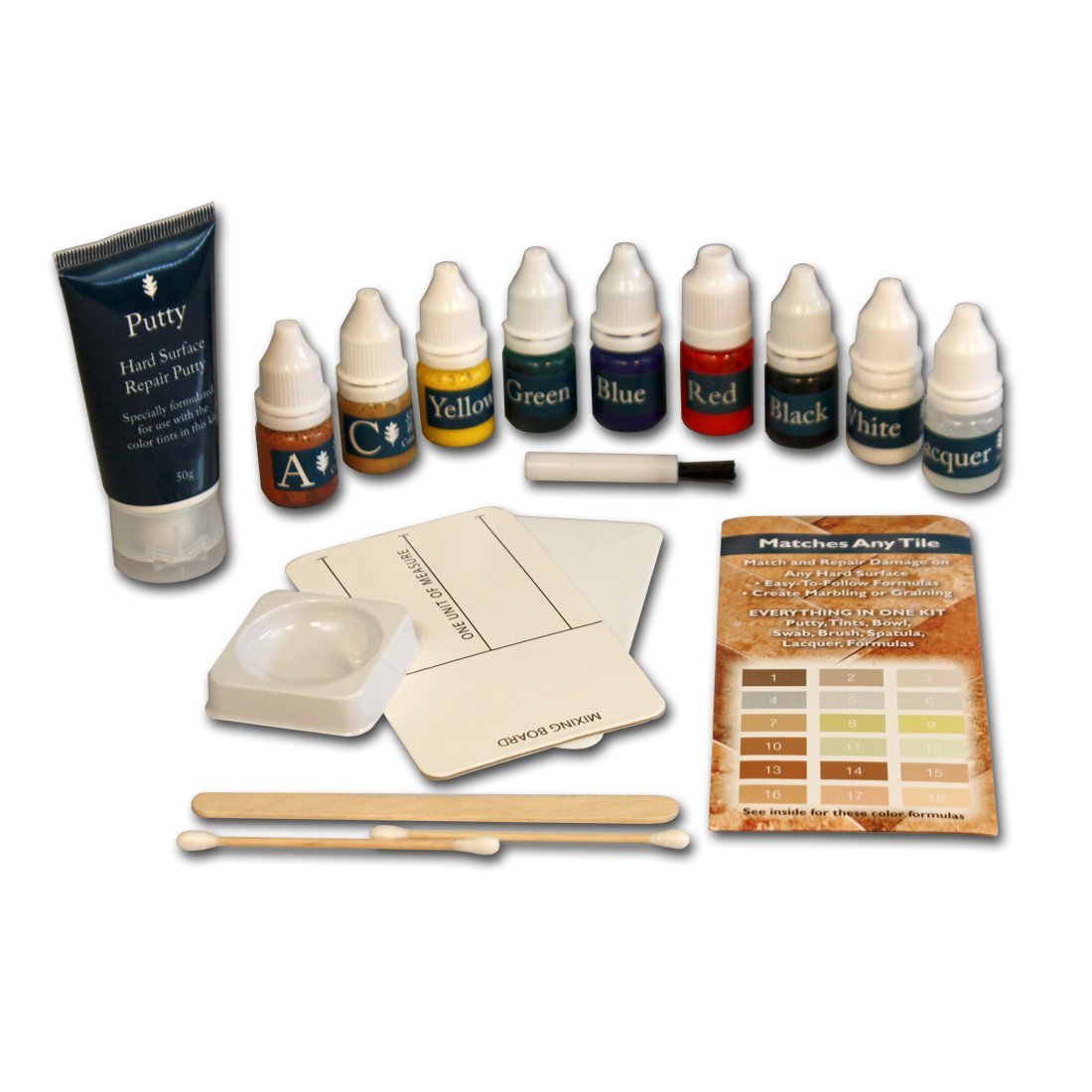Confused By Sealers?
All About Stone and Granite Sealers
There are so many sealers on the market today it can be confusing knowing which one is the right one. Which one will work... Which one won't? Which one is the best one for me? And, how do they differ?
What Exactly Is A Sealer?
 It's a liquid applied to porous natural stones and other materials such as concrete and even tiles to help prevent staining from
water and/or oil based materials.
It's a liquid applied to porous natural stones and other materials such as concrete and even tiles to help prevent staining from
water and/or oil based materials.
This liquid reduces the natural absorbency of a stone or material.
There Are A Few Different Types
One type sits on top of the stone and coats it. This type is called a Topical Sealer.
The other type is absorbed into the stone and protects it from within. This type is called an Impregnator (also known as Impregnating or Penetrating).
Topical
Sometimes a topical sealer is referred to as a coating because this is exactly what it does... coats the surface of your stone with a protective barrier. It's a layer or thin film sitting on top of your stone.
Topical coatings are either strippable or permanent.
Strippable coatings are designed to easily be stripped from the surface of stone and are usually water based. Most strippable coatings are NOT designed for stone.
Permanent coatings are very difficult to remove and are usually NOT designed for stone either.
It's important to read the product label to determine if a particular coating is safe for use on your stone.
What will a topical coating do?
It will help prevent your stone from scuffing, scratching, staining, and marring... the coating will scuff and scratch instead. The downfall... since the coating is softer than your stone, it will scuff and scratch pretty easily. This means they are short lived and frequent reapplication is necessary.
Before reapplying, the old coating usually needs to be removed and frequent stripping can damage your stone. If you don't remove the coating before applying a new coat, eventually it will build up and may cause your stone to have an unnatural wavy or plastic look.
Bottom of the barrel topical coatings may turn your stone a yellowish color... especially when exposed to UV light. They can change the appearance of your stone and may react adversely to heat and acids.
Topical coatings are usually easy to apply and less expensive than impregnators. Some add additional shine to your stone and even add slip resistant properties. But, the need to frequently strip and reapply, burnish, or buff should be taken into consideration as well as the location of your stone.
Impregnating
Impregnators are safe for stone and recommended.
They sit below the surface of your stone and deposit solid particles into the pores of your stone to coat the individual minerals below.
There is no need to strip the old impregnator before reapplying, most aren't affected by UV light, and high quality impregnators do not require frequent applications.
How do impregnators work?
In an impregnator type, the "active component" is either a natural or a synthetic resin. This resin is melted into a liquid solution with a mineral solvent or with water.
|





